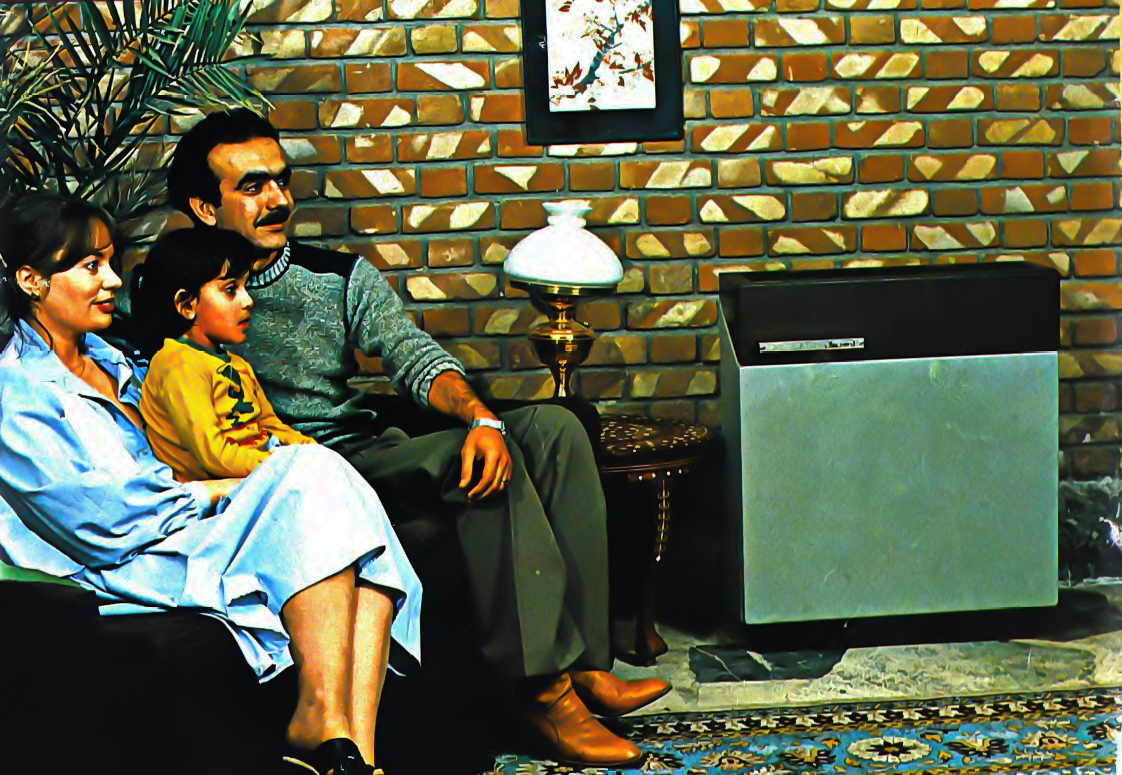From: The Washington Post
How “tightness” vs “looseness” explains the U.S. political map
The Washington Post:
We are forever in search of ways to better understand the cultural differences in our country that lead us to such divergent politics.
A new paper by two psychology professors at the University of Maryland proposes a new way to understand the differences between the states: tightness versus looseness.
Professors Jesse R. Harrington and Michele J. Gelfand studied “the degree to which social entities are ‘tight’ (have many strongly enforced rules and little tolerance for deviance) versus ‘loose’ (have few strongly enforced rules and greater tolerance for deviance)” and then produced a ranking of each state from tightest to loosest. (Among the various characteristics they used to define “tight” or “loose” included the use of corporal punishment in schools, the rate of executions, access to alcohol and the legality of same sex unions. You can read the full paper here.)
Read the whole story: The Washington Post
More of our Members in the Media >




APS regularly opens certain online articles for discussion on our website. Effective February 2021, you must be a logged-in APS member to post comments. By posting a comment, you agree to our Community Guidelines and the display of your profile information, including your name and affiliation. Any opinions, findings, conclusions, or recommendations present in article comments are those of the writers and do not necessarily reflect the views of APS or the article’s author. For more information, please see our Community Guidelines.
Please login with your APS account to comment.